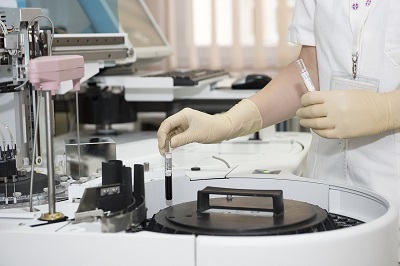Registering a Class III medical device with the Therapeutic Goods Administration (TGA) in Australia involves several critical steps and processes due to the high-risk nature of these devices. Here’s a detailed overview of the entire registration process:
Processes and Steps for Class III Medical Device Registration
Step 1: Determine Device Classification
- Classification: Confirm that your device is classified as Class III according to TGA regulations. This classification is for high-risk devices that may be implantable or support life.
- Guidelines: Refer to the TGA's guidance documents to ensure your device meets the Class III criteria.
Step 2: Conduct a Conformity Assessment
- Engage a Notified Body: For Class III devices, a conformity assessment by a TGA-recognized Notified Body is mandatory. This body will assess the device's design, manufacturing process, and performance.
- Types of Assessment: Class III devices typically undergo a Full Quality Assurance procedure.
- Documentation Preparation: Prepare documentation for the Notified Body, including the device's technical file.
Step 3: Prepare Required Documentation
Gather all necessary documentation to support your application:
Device Description:
- Detailed information about the device, including its intended purpose, design, and operating principles.
Clinical Evidence:
- Robust clinical data demonstrating the safety and efficacy of the device. This may include results from clinical trials, scientific literature, and post-market data.
Risk Management:
- Conduct a risk analysis in accordance with ISO 14971, identifying potential hazards and how they will be mitigated.
Quality Management System (QMS):
- Documentation showing compliance with ISO 13485:2016, which outlines the requirements for a quality management system in the medical device sector.
Labeling and Instructions for Use:
- Ensure the labeling complies with TGA requirements, including instructions for safe use, warnings, and indications.
Step 4: Submit Application
- Create a BSO Account: Register for the TGA’s Business Services Online (BSO) portal.
- Complete Application Form: Fill out the Application for Inclusion in the Register of Therapeutic Goods (FORM MD).
- Attach Supporting Documents: Include all required documentation as part of your submission.
Step 5: Pay Application Fees
- Fee Structure: Check the TGA website for the current fee schedule associated with Class III device applications.
- Payment: Pay the necessary fees during the application process.
Step 6: TGA Review Process
- Application Review: The TGA will review your submission, which may take several months. During this time, they may contact you for additional information or clarification.
- Evaluation Outcome: The TGA will assess whether your device meets the Essential Principles and complies with regulatory requirements.
Step 7: Registration and Listing
- Approval Notification: If your application is approved, the TGA will notify you.
- Inclusion in ARTG: Your device will be included in the Australian Register of Therapeutic Goods (ARTG), allowing you to market it in Australia.
Step 8: Post-Market Surveillance
- Monitoring: Implement a post-market surveillance plan to monitor the performance and safety of the device after it is on the market.
- Adverse Event Reporting: Report any adverse events or incidents related to the device to the TGA promptly.
Additional Considerations
- Regulatory Updates: Stay informed about any changes in TGA regulations that may affect your device.
- Consult Experts: Consider engaging regulatory affairs consultants or professionals to assist in the application process and ensure compliance.
Resources
- TGA Website: For detailed guidelines and resources, visit the TGA website.
- Regulatory Guidance Documents: Utilize the TGA’s guidance documents specific to medical device registration.

Contact Us:
Whatsapp or Wechat:+86 15816864648;email address:hito.lin@grzan.cn
.png)
.jpg)

.png)

.png)